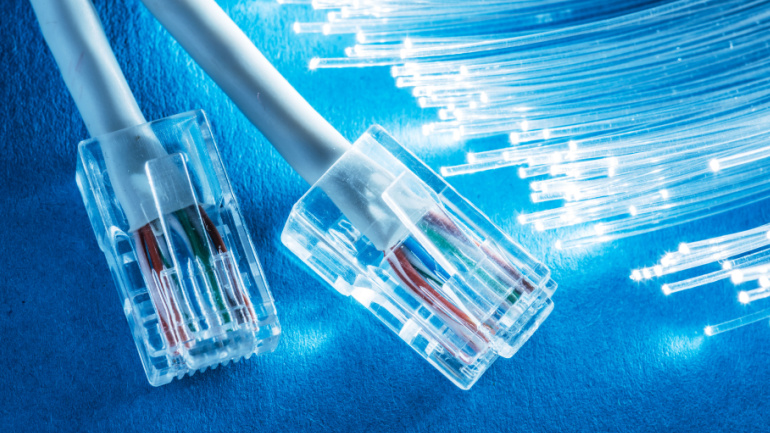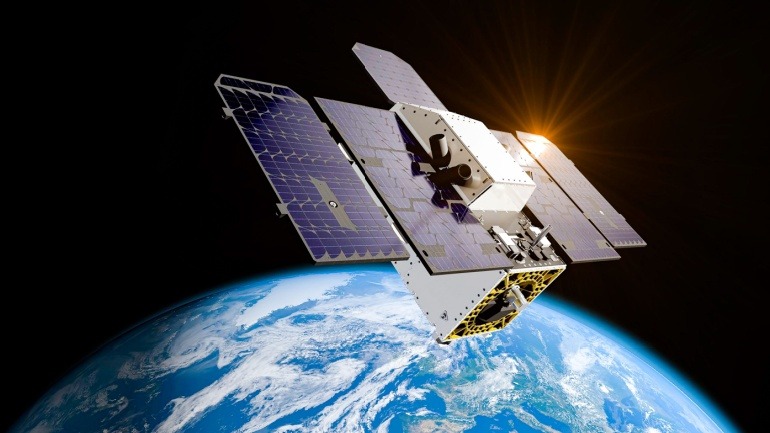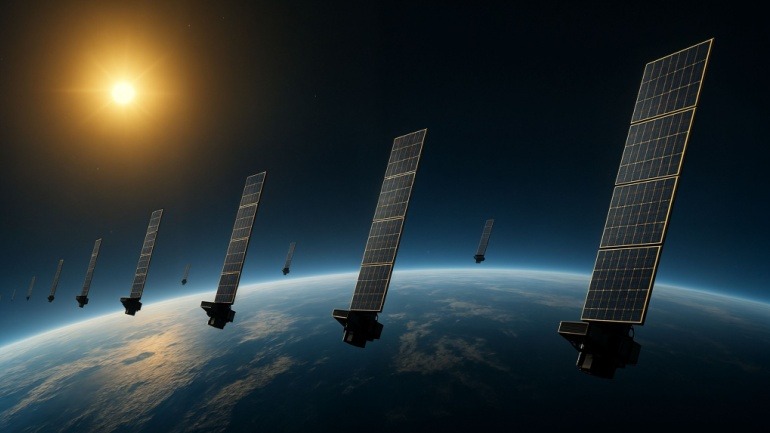The InSEA project, funded by the Italian Ministry of Research and helmed by the Istituto Nazionale di Geofisica e Vulcanologia (INGV), takes on the ambitious task of deploying seismometers and environmental monitoring sensors in the surrounding area of traditional telecommunications cables, especially in and around the repeater housings. What makes this approach unique is that it does not compromise the scientific or operational value of the data that these sensors transmit.
The project set in motion a remarkable SMART cable system. This system wields a 21 km telecommunications cable outfitted with three instrumented repeaters placed at 6 km intervals along the cable. With Güralp Certimus seismometers and a Fortimus accelerometer, along with an external instrumentation pod featuring an absolute pressure gauge and a temperature sensor housed within every repeater, the project is almost a scientific marvel. Global Marine’s cooperation in repurposing the repeater housings for Güralp’s use was a crucial part of the process.
John O’Neill, Systems Director, Güralp Systems mentioned, “We have more than thirty years experience in designing and manufacturing for the OBS market. This project offered particularly unique challenges, as we had to work backwards from the expectation that the instrumentation must be housed in existing repeater hardware and deployed using commercial cable laying methods. Fortunately, we have advanced sensors that are particularly suited to the demands of the project and we are delighted to see that our design approach coupled with our robust testing regime has ensured the successful deployment of the system.”
The successful deployment of this system was carried out using standard commercial ocean cable-laying equipment onto the seabed at a depth of 2000 meters. Once it was up and running, initial data collected indicated that everything was functioning as planned. A more comprehensive analysis is expected once a substantial monitoring phase closes.
Interestingly, the location where the system was deployed is prone to numerous natural hazards. This includes seismic activity that originates from Mount Etna nearby. The data from the deployed seismic and pressure sensors will be instrumental in creating accurate tsunami height predictions for this region and it will also contribute to enhancing tsunami warning times.
Giuditta Marinaro, head of the Multidisciplinary Research Functional Unit on Geosphere-Ocean-Atmosphere interactions of the Rome 2 Section of the INGV said, “The use of innovative underwater telecommunications cables, i.e. equipped with geophysical and environmental instrumentation, represents a solution to extend observations to marine areas never reached, to have real-time access to observations and to support studies on the climate, oceans, on the structure of the Earth and on natural disasters.”
Expressing his thoughts, Neil Watkiss, Commercial Director, Güralp Systems, said “SMART cables have the potential to revolutionise Ocean Science and in delivering this successful project, Güralp is established as a frontrunner in having developed working technical solutions for the SMART cable concept.” The successful initiative showcases the intriguing possibilities that evolving technology brings to telecommunications, while offering pragmatic and valuable solutions to monitor and study our planet.







